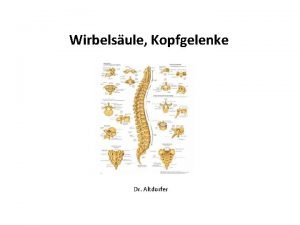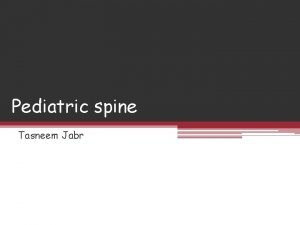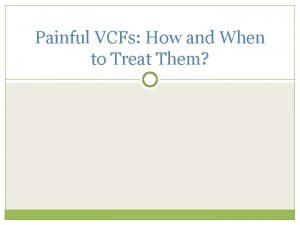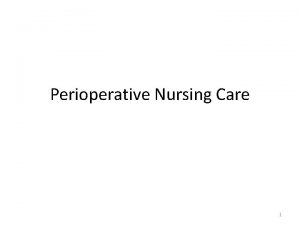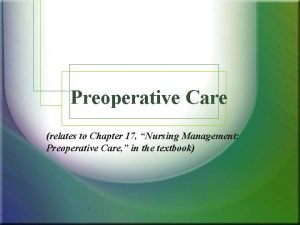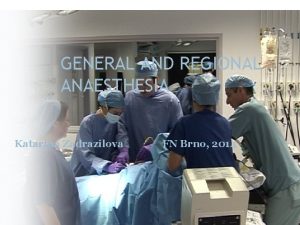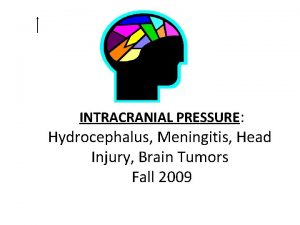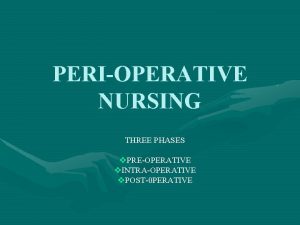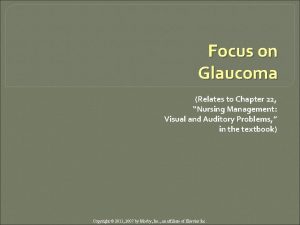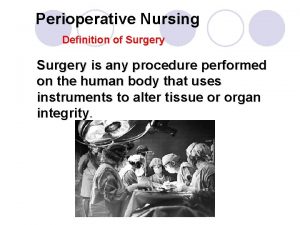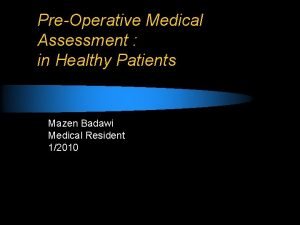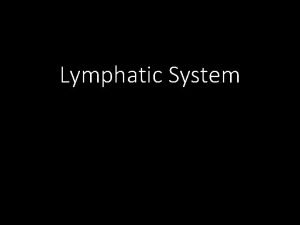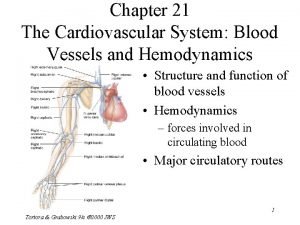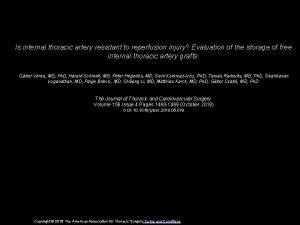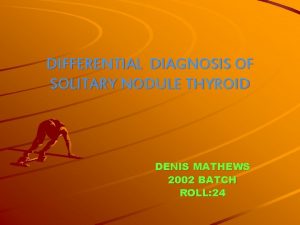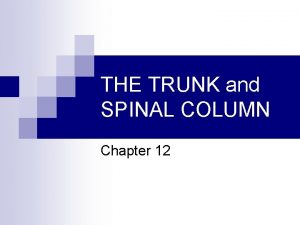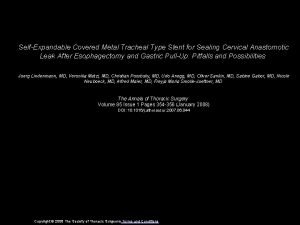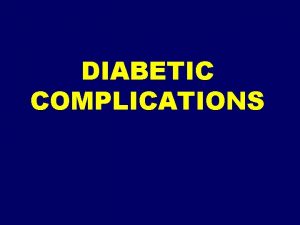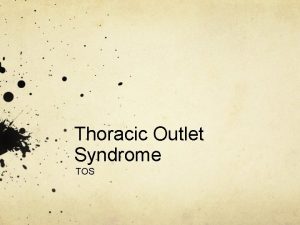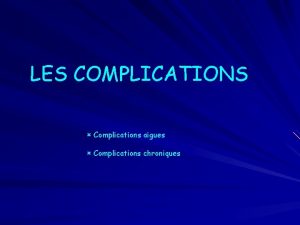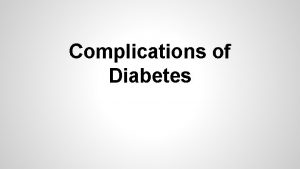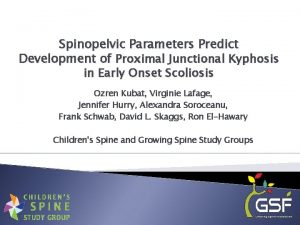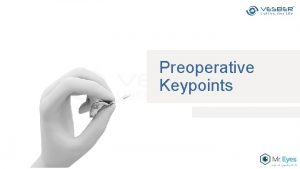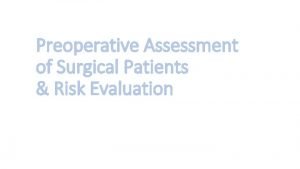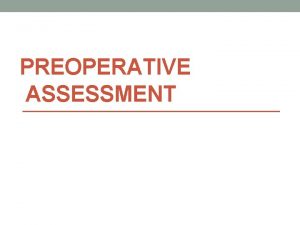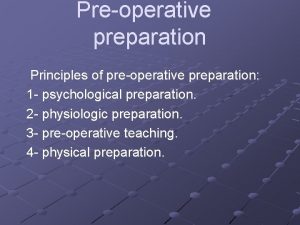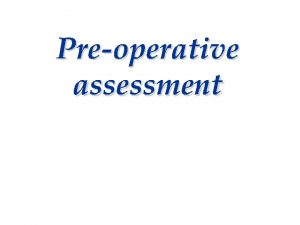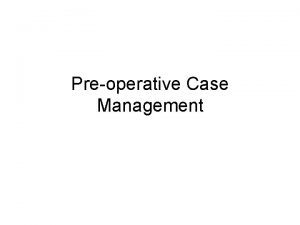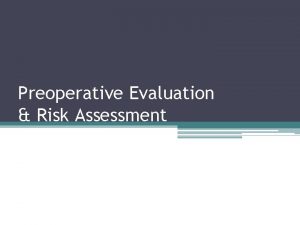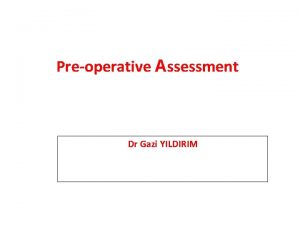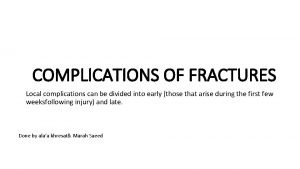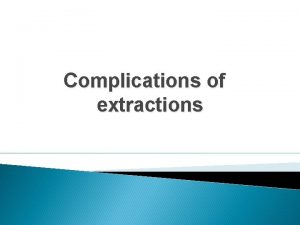Preoperative Thoracic Kyphosis Can Predict Complications in Growing





















- Slides: 21

Pre-operative Thoracic Kyphosis Can Predict Complications in Growing Rod Surgery for Early Onset Scoliosis Sam R. Schroerlucke, MD Jeff B. Pawelek, BS Pooria Salari, MD Gregory M. Mundis, Jr. , MD Muharrem Yazici, MD John B. Emans, MD Paul D. Sponseller, MD Behrooz A. Akbarnia, MD Growing Spine Study Group ICEOS November 19 -20, 2010 Toronto, Canada

ICEOS 2011!

Disclosures Author Disclosure Sam Schroerlucke, MD None Jeff Pawelek, BS None Pooria Salari, MD None Gregory M. Mundis, Jr. , MD K 2 M; Depuy Spine; Nuvasive Muharrem Yazici, MD K 2 M; Depuy John B. Emans, MD Synthes; Medtronic Paul D. Sponseller, MD Depuy Spine; Globus Behrooz A. Akbarnia, MD De. Puy Spine; Ellipse; K 2 M; K Spine Growing Spine Study Group Growing Spine Foundation

Introduction • Studies evaluating patient outcomes after growing rod surgery have largely focused on radiographic parameters in the coronal plane: – Cobb angle – Coronal balance – T 1 -S 1

Introduction • Sagittal plane analysis has become a standard in outcome studies for adolescent scoliosis • The effect of sagittal alignment in growing rod patients has yet to be studied

Purpose • To evaluate the relationship between the pre-op thoracic kyphosis and complications in growing rod surgery

Methods • Out of 387 pts from the GSSG database, 90 pts had complete sagittal and coronal x-ray data with twoyear follow-up after GR index surgery • Demographics, surgical data, and complication events were also analyzed • How do we classify varying degrees of thoracic kyphosis in our patient series?

Methods • Reported average kyphosis range: 17 -48 degrees • Measurement techniques varied • Need to use a reliable reference guide that is most consistent with our measurement technique Average Thoracic Kyphosis Cil, et al; 2005 3 to 6 yrs old: 45° 7 to 9 yrs old: 48° Bernhardt, Bridwell; 1989 4 to 29 yrs old: 28° (mean 12. 8 yrs) Fon, et al; 1980 2 to 27 yrs old: 45° (max) Mac-Thiong, et al; 2004 4 to 18 yrs old: 43° Probst, et al; 1983 27° (21 -33°) in normal kids 28° (17 -36°) in scoliotic kids

Methods • Lenke’s thoracic sagittal profile • Widely used • Defines three categories of thoracic kyphosis • Patients were divided into three groups based on degree of thoracic kyphosis (T 5 -T 12): • K- group: <10 degrees • N group: 10 -40 degrees • K+ group: >40 degrees

Results: Demographics K- Group < 10° N Group 10 -40° K+ Group > 40° Number of pts 26 35 29 Pre-op age (years) 6+10 years (range 2 -10) 5+1 years (range 2 -8) 5+9 years (range 1 -11) Length of follow up (months) 82 months (range 25 -124) 61 months (range 26 -106) 69 months (range 23 -135) Syndromic (n=25) 11 6 8 Congenital (n=19) 3 10 6 Neuromuscular (n=18) 7 3 8 Idiopathic (n=28) 5 16 7

Results: Radiographic Data K- Group < 10° N Group 10 -40° K+ Group > 40° Pre-op Coronal Cobb angle 75° (33 -125°) 66° (25 -94) 82° (48 -110°) Latest Follow-up Coronal Cobb angle 40° (2 -84°) 31° (4 -88) 55° (22 -105°) Pre-op T 5 -T 12 kyphosis -3° (-41 -9°) 24° (10 -40°) 59° (41 -115°) Latest follow up T 5 -T 12 kyphosis 8° (-15 -28°) 26° (2 -87°) 43° (9 -105°)

Results: Complications K- Group < 10° N Group 10 -40° K+ Group > 40° Total Complications 27 20 55 Implant Failures 11 16 34 Rod breakages 7 13 25 Screw or hoook loosening/pullout 4 3 9 General medical complications 15 4 22 Wound Infection 3 1 9 Pulmonary 2 2 2 Wound Closure 0 0 1 Death 1 0 0 Neurologic 0 0 3

Results: Diagnoses Diagnosis % of patients with at least one complication p Value Syndromic 18 of 25 (72%) < 0. 05 Congenital 9 of 19 (47%) Neuromuscular 8 of 28 (28%) Idiopathic 7 of 18 (39%)

Results Total Complications

Results General Medical Complications

Results Implant Complications

Results SURVIVAL: Total Complications T 5 -T 12 - 40˚ = 68% T 5 -T 12 - 50˚ = 49%

Results SURVIVAL: Implant Complications T 5 -T 12 - 40˚ = 73% T 5 -T 12 - 50˚ = 53%

Conclusions • Patients with thoracic kyphosis greater than 40° who undergo growing rod surgery have a significantly higher risk of complications than patients with “normal” kyphosis • Implant failure was the most common type of complication

Conclusions • Syndromic patients with greater than normal kyphosis who undergo growing rod treatment should be monitored closely for post-operative complications.

Thank You
 Thoracic kyphoscoliosis definition
Thoracic kyphoscoliosis definition Kyphosis lordosis
Kyphosis lordosis Adams forward bend test
Adams forward bend test Kyphosis
Kyphosis Brian john piccolo
Brian john piccolo Preoperative checklist definition
Preoperative checklist definition Pre operative care
Pre operative care Chapter 17 preoperative nursing management
Chapter 17 preoperative nursing management Preoperative care ppt
Preoperative care ppt Cushings triad
Cushings triad Perioperative vs intraoperative
Perioperative vs intraoperative Nursing assessment of glaucoma
Nursing assessment of glaucoma Perioperative nurse definition
Perioperative nurse definition Preoperative medical evaluation of the healthy patient
Preoperative medical evaluation of the healthy patient Nursing care plan for cataract pdf
Nursing care plan for cataract pdf The purified lymph with lymphocytes and antibodies added
The purified lymph with lymphocytes and antibodies added Thoracic aorta supplies blood to
Thoracic aorta supplies blood to Thoracic surgery
Thoracic surgery Rule of 12 in thyroid
Rule of 12 in thyroid Cervical lateral flexion
Cervical lateral flexion Thoracic surgeon
Thoracic surgeon Thoracic membranes
Thoracic membranes

